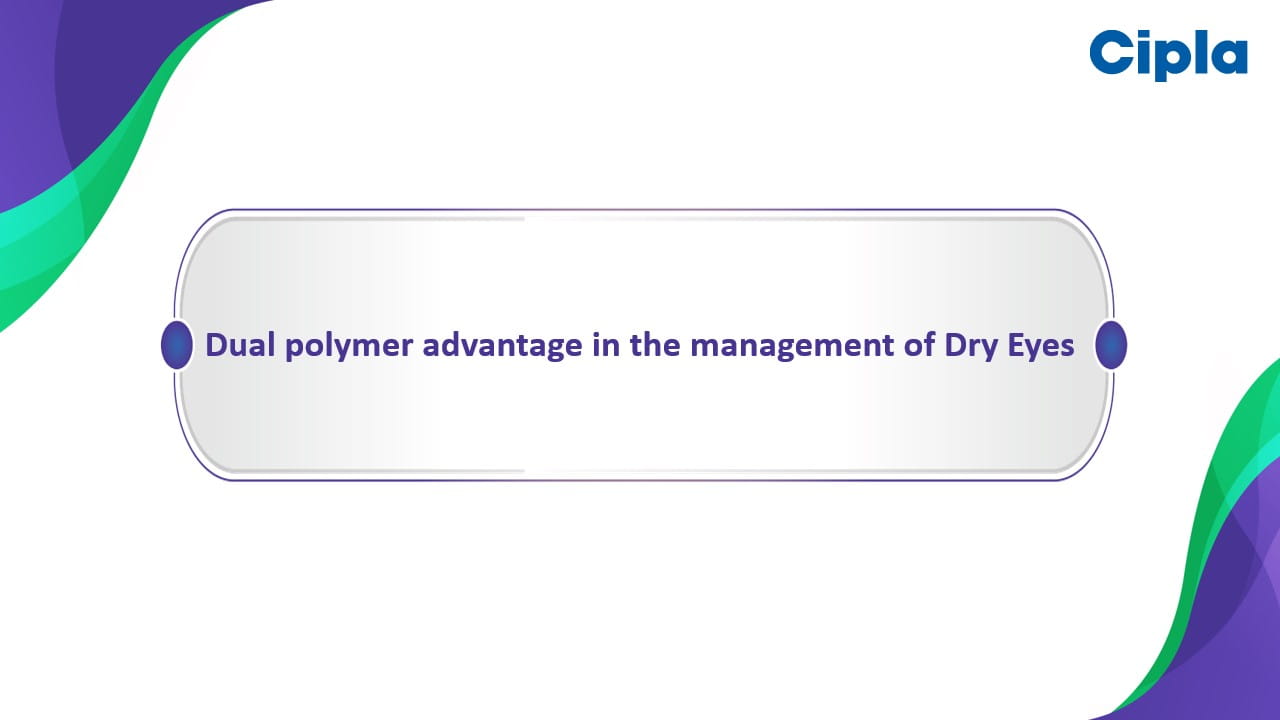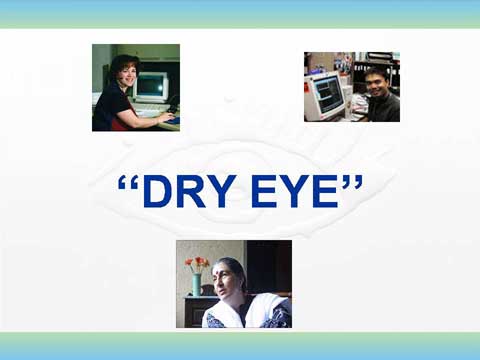Speaker: Sorcha Ni Dhubhghaill
Intraoperative management of dry eye is essential to minimize discomfort and prevent complications associated with anterior segment surgeries. All anterior segment surgeries can impact the ocular surface, and our goal is to ensure these effects are as brief and manageable as possible. Patients may present with varying symptoms: some might exhibit significant pain with minimal staining, indicating a neuropathic or neurotrophic cornea, while others may show extensive staining without symptoms, which poses a risk of epithelial breakdown and corneal perforation. Dry eye disease is multifaceted, involving autoimmune, neurological, and degenerative components, affecting the ocular surface through complex endocrine, glandular, and neuronal pathways. Surgical incisions disrupt corneal nerves, exacerbating neurotrophic elements of dry eye disease, and postoperative medications can further contribute to ocular surface damage.
Preoperative documentation is crucial to establish a baseline for ocular surface condition, ensuring that any postoperative deterioration is attributable to the surgical procedure itself. During surgery, effective topical antisepsis is critical to prevent infections such as endophthalmitis. Although isobetadine has been a standard choice, recent evidence suggests that chlorhexidine can provide similar infection prevention with potentially improved comfort and fewer ocular symptoms. The duration of the surgery and the technique employed should balance speed with precision, as quick procedures are beneficial but should not compromise careful technique. Additionally, postoperative medications must be appropriately managed, and rinsing the ocular surface thoroughly during surgery, a practice observed in Deep Anterior Lamellar Keratoplasty (DMEC) surgeries, has been shown to enhance corneal comfort and reduce postoperative symptoms. Intraoperative management of dry eye is crucial to mitigate the impact of anterior segment surgeries on the ocular surface. Despite advancements, all anterior segment surgeries can exacerbate dry eye symptoms. An additional rinse step during surgery can help clear residual fluid and reduce the concentration of potentially toxic antiseptics. The surgical procedure inherently involves incising corneal nerves, which leads to reduced corneal sensitivity and a diminished tear reflex, as nerves are critical for initiating tear production. Careful attention to the Descemet membrane is essential, as detachment can lead to prolonged wound healing and surface irregularities, exacerbating irritation and complicating postoperative care.
The lacrimal functional unit, which relies on nerve input to stimulate tear output, is affected by surgical intervention. While faster surgeries are preferable, longer procedures may benefit from the use of thicker lubricants such as hydroxypropyl methylcellulose (HPMC) to protect and lubricate the cornea. For extended procedures, such as scleral tunnels, a vitreous sponge can be used to provide illumination and protection. Nonsteroidal anti-inflammatory drugs (NSAIDs) are effective in preventing macular edema but can cause irritation, especially in neuropathic patients. Therefore, careful consideration of NSAID use is required. Documenting baseline corneal sensation preoperatively is valuable for assessing changes in the lacrimal functional unit and identifying patients at risk for neuropathic issues. Utilizing chlorhexidine as an alternative to isobetadine may improve comfort while maintaining effective antisepsis. Performing a mini wash at the start of surgery, minimizing wound edge trauma, and using gels or sponges for extended procedures can further enhance patient outcomes.
Topical anesthetics are commonly employed during cataract surgery, though they can disrupt epithelial cells and lead to additional complications. To mitigate these issues, topical anesthesia is often supplemented with intracameral anesthesia, providing a balance between minimizing corneal exposure and maintaining a swift surgical procedure. Advances such as the intracameral dilation plus anesthetic product, as demonstrated in studies by Rose and Gwell, can reduce the impact of surgery on the ocular surface and alleviate postoperative dry eye symptoms. For optimizing pupil dilation, briefly turning off the microscope light after injecting Midrin can enhance dilation efficiency. In managing epithelium destruction and Irvine-Gass syndrome post-surgery, NSAIDs are recommended based on evidence, with Nepafenac preferred for its lower frequency of application and effective penetration. Frequent patient follow-ups are necessary to monitor both Irvine-Gass syndrome and ocular surface health, while intravitreal injections are generally avoided unless absolutely required. The choice of preservative-free versus preservative-containing medications for postoperative care depends on patient compliance and ocular surface condition. Preservative-free options are preferred for patients who can adhere to a rigorous drop regimen, whereas NSAIDs may be deferred until inflammation from the cataract surgery has resolved. Recent research by Vito Romano supports the use of chlorhexidine at a concentration of 0.02% as an effective alternative to isobetadine, maintaining safety while potentially reducing patient discomfort.
42nd Congress of the European Society of Cataract and Refractive Surgeons, 6 – 10 September 2024, Fira de Barcelona, Spain.




